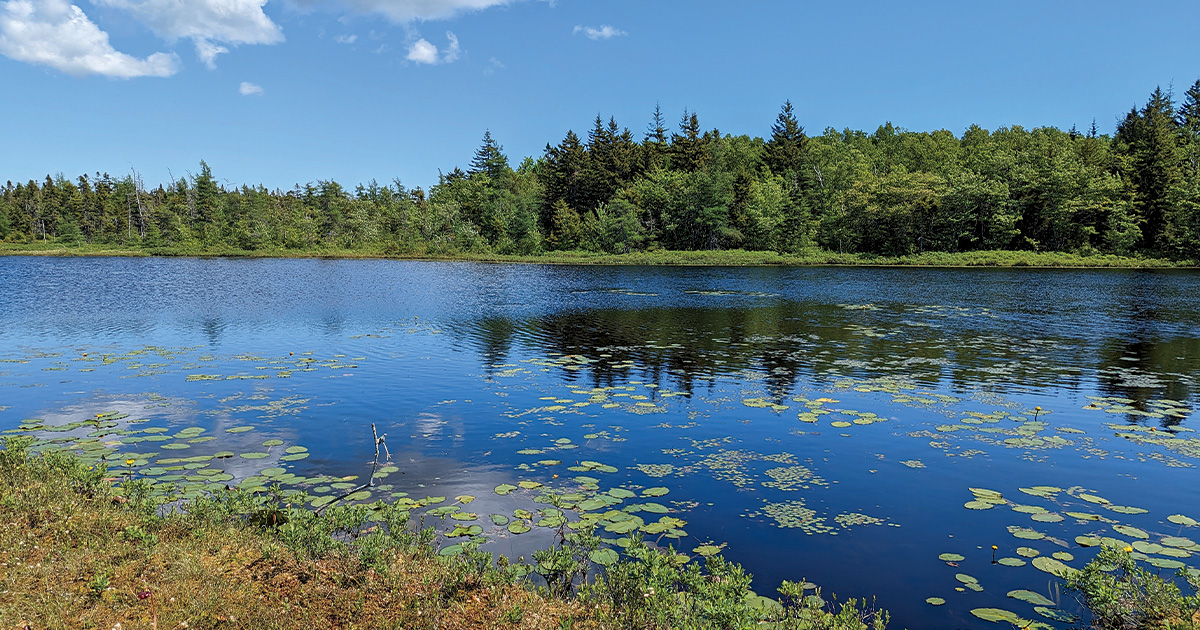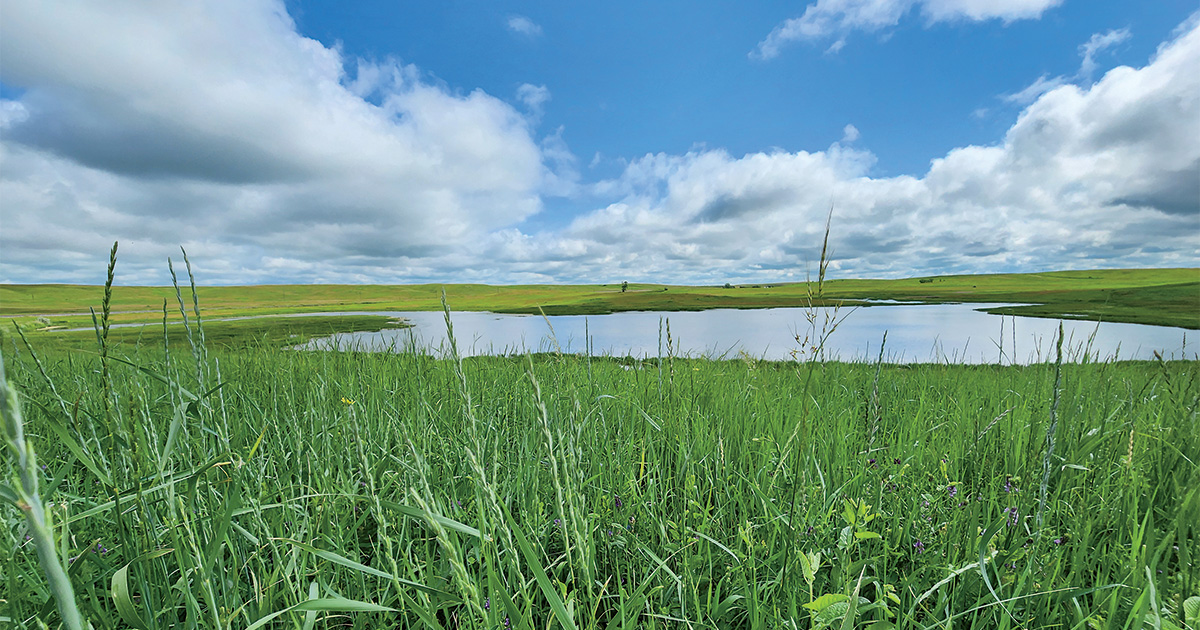Field Reports: 2024 Waterfowl Production Outlook
Wetland conditions have improved on the Canadian prairies and in other important breeding areas
Wetland conditions have improved on the Canadian prairies and in other important breeding areas
By DU Field Biologists

Data shows Palmer Drought Indices with categories consolidated and colored to match current conditions. Climate Engine. 2023; Desert Research Institute and University of Idaho. Accessed on August 1, 2024; HTTP://CLIMATEENGINE.ORG; NOAA National Centers for Environmental Information and Agriculture and Agri-Food Canada.
Water levels remain low across much of British Columbia following a hot, dry summer. In the interior, above-average July temperatures and below-average rainfall have resulted in widespread wildfires. Farther north, there has been some improvement from last year’s severe drought, but wetland conditions and soil moisture levels remain below average despite summer precipitation.
Temperatures were slightly below average this summer across Boreal portions of Alberta, Saskatchewan, and Manitoba, and above average in the northern territories. Precipitation was below average across most of the north but above average in southeastern portions of the region. As a result, dry conditions persist across the majority of the Western Boreal Forest except in northern portions of Saskatchewan and Manitoba. Wildfires continue to impact the region, which can limit waterfowl habitat availability at a local scale.

Much of central Saskatchewan received more than twice the average precipitation in June, refilling wetlands and providing good habitat for late-nesting waterfowl and broods.
Following several years of drought, landscape conditions have improved across the prairie provinces, but portions of the region remain drier than average. In southern Alberta, late spring rains fostered healthy growth of upland nesting cover, but water levels in many wetlands receded over the summer due to high temperatures and below-average precipitation. Central Saskatchewan and southwestern Manitoba received double the average amount of precipitation in early summer. Wetland and upland conditions were generally favorable for breeding birds in these areas, which likely benefited late nesters and improved brood survival.
Summer was warm and wet across much of central Canada. Southern Ontario received record precipitation in July, and water levels in the Great Lakes and coastal wetlands are at above-average levels. This has provided generally favorable conditions for breeding waterfowl, and good brood numbers have been observed by DU field staff in many areas.

Despite warm, dry summer weather, wetland conditions were generally favorable for breeding waterfowl in Atlantic Canada, as this photo from Nova Scotia shows.
Warm summer weather has provided good nesting and brood-rearing conditions across Atlantic Canada, and observations by DU field staff suggest that waterfowl production has been good. Receding water levels in many areas have fostered lush growth of seed-producing vegetation, which should provide abundant foraging habitat for staging and migrating waterfowl this fall.
Despite high temperatures, rainfall has been sufficient to sustain waterfowl habitat conditions across much of the Great Plains states. It has been an exceptional year for upland cover growth, with chest-high grass being common in the Dakotas, and wetland conditions look favorable heading into fall. DU field staff have observed typical numbers of waterfowl broods and upland birds in their travels across the region.

Timely summer rainfall helped maintain wetland conditions in the Dakotas. Grass growth was excellent in many areas, benefiting nesting waterfowl and upland birds.
Above-average summer rainfall improved wetland conditions across a large portion of the northeastern United States from New York to Maine. Ample precipitation across the Great Lakes has also improved wetland conditions substantially in the region. State waterfowl surveys indicate that breeding waterfowl numbers were variable this spring, with some populations similar to or above last year’s estimates while others declined.
Although wetland conditions have improved in many areas of the West, surveys conducted this spring revealed that waterfowl numbers were mixed across the region. In California, extensive flooding prevented many farmers in the Sacramento Valley from planting rice, which limited the availability of breeding habitat for mallards and other dabblers. Conditions were more favorable in the Suisun Marsh, where impressive brood numbers were observed. In Alaska, weather and habitat conditions varied considerably across this vast state, but field reports suggest that good waterfowl production can be expected overall.
Ducks Unlimited uses cookies to enhance your browsing experience, optimize site functionality, analyze traffic, and deliver personalized advertising through third parties. By continuing to use this site, you agree to our use of cookies. View Privacy Policy